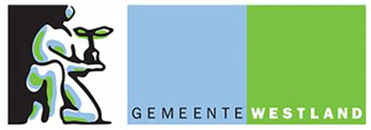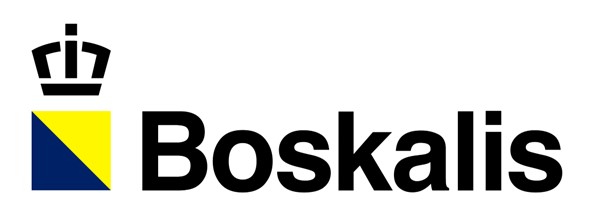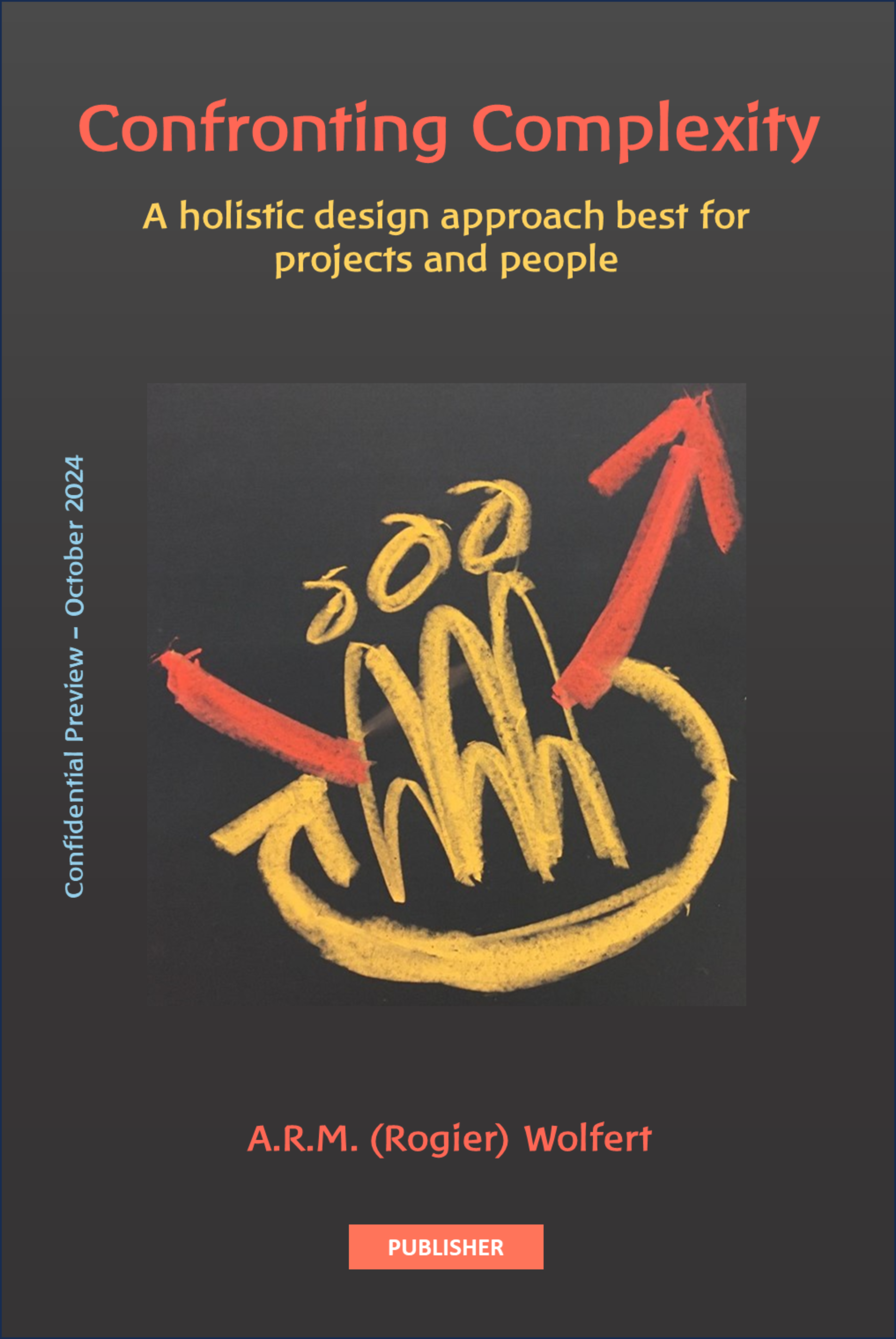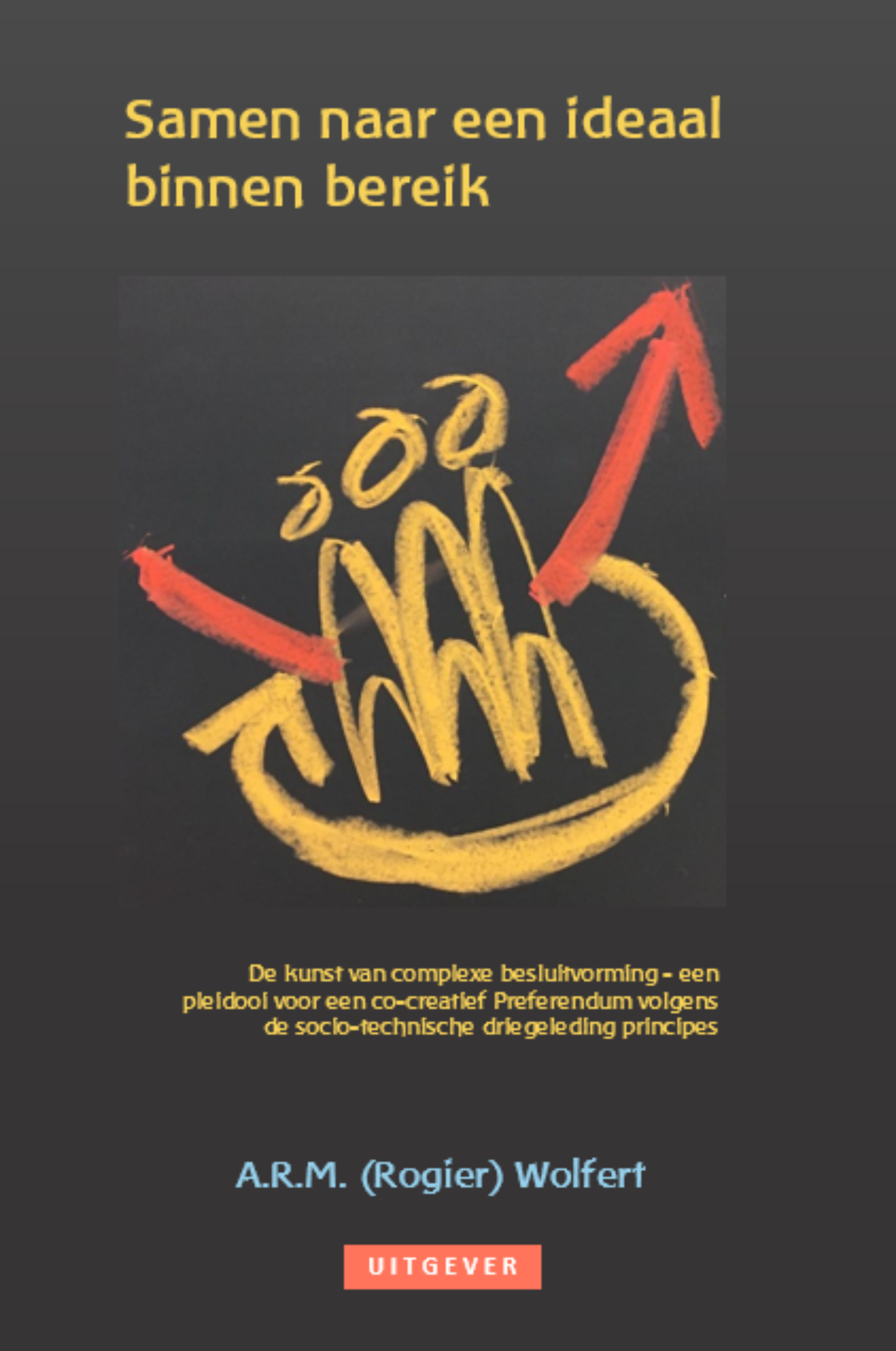Odesys
Fostering Constructive Dialogues, Co-creation & Education
Open Design & Decision Systems
'A holistic approach to Confront Projects Complexity'

WHERE does Odesys stand for
Why do we often build only what one party involved wants and do conflicts stem from failed attempts to cooperate during the planning phase? And, why do we often try to resolve these conflicts technically, arriving at a ‘half-baked’ compromise instead of an optimally desired synthesis? And, why do decision-makers usually hold the cards to their chests without allowing all stakeholders to participate equivalently and objectively? Wouldn’t it be great to associatively arrive at a best-fit socio-technical solution, aided by an open and neutral computer glass-box model?
Until recently, science also offered no solace in solving complex decision-making in a transparent and well-founded manner because decision models either focus only on what people desire or only on what is feasible. The innovative Open Design Systems (Odesys) methodology does have a way out to a communal ideal within reach. From insight outwards and from outlook inwards, Odesys optimally unites wishful thinking (‘desireabilty’) and realism (‘capability’). Odesys is a pure form of socio-technical integration to enable creative conflicts to be unlocked from the beginning rather than after the fact. Odesys lets all interests be counted, resulting in a best-fit, where value is more than money or technology alone. In this dynamic search for the highest group preference, Odesys uses a solid mathematical decision tool called the Preferendus along with the principles of social threefolding and theory-U. The Preferendus generates best-preferred variants in the (pre)design phase and best-fit strategies for project and asset management. With this ‘computer-aided glass-box’ modelling, supported decision-making is efficiently and effectively reached.
Odesys has been developed in recent years under the leadership of Professor Wolfert at TU Delft, anchored there in various progroms. The Odesys concepts and tools have been published internationally and presented in various fora [1]. Odesys’ non-conventional approach is far ahead of the current system design and management practices of peer academic institutions. Odesys’ thinking has now also been successfully applied, validated and further developed within public and private parties within the infrastructure and built environment sector(s).
Odesys is not only of interest to academics and practitioners working in the field of complex systems design and management, but together with its unique Open Design Learning (ODL) teaching concept, it is highly valuable for students from different backgrounds studying within a business & engineering context.
[1] A.R.M. Wolfert (2023). Open Design Systems. IOS Press (https://ebooks.iospress.nl/volume/open-design-systems)
WHAT does ODESYS cv have to offer
As an advisor, ODESYS cv supports participatory decision-making and cooperation processes with multiple stakeholders. ODESYS concretely converts this advice into action by delivering a best-fit solution from a common interest and within reach. ODESYS develops open design and decision systems with co-creative intelligence. Central to ODESYS’ services is an integrative human preference (‘motive’) and technical performance (‘capability’) based Open Design Systems (Odesys-‘ODS’) methodology with a computer-aided decision tool called the Preferendus. The Preferendus supports the decision-making process “mathematically neutral and in the middle,” where all interests count and where the highest group value is more than money or technology alone. In addition to advice and action, ODESYS is motivated to provide training and education through the Open Design Learning (“Odesys-ODL”) concept [2]. In this way, the ODS philosophy can become operational in other environments and stakeholders themselves can further utilize and develop the Odesys potential for specific use.
Expertise (industrial and academic) available by ODESYS:
- project management experience within infra, offshore, telecoms and construction (‘line & staff’)
- international R&D experience within university and industry (‘science & engineering’)
- broad experience with different types of training and education (creator of ODL concept)
- knowledge and skills of the Odesys (‘ODS method’) methodology and its (possible) applications
- knowledge and application of the operating principles of Social Threefolding and Theory-U
Roles that ODESYS can and wants to fulfill:
- inspiring problem solver of complex problems and conflicts
- sharp assessor and continuous improver of (stalemate) projects
- creative developer of open design applications
- constructive trainer of professionals (‘in-company’) and educator of students (‘university MSc/PhD’)
- systems integrator of technical and social elements (‘human-cyber-physical’)
[2] For more education and course information, see the Open Design School (https://www.open-design.school)
WHO is ODESYS cv
ODESYS cv was founded in 2024 by Rogier Wolfert [3]. ODESYS originated from a collaborative initiative of a number of (former) students from TU Delft. This group had become very enthusiastic about the potential of the ODESYS methodology through project and internship experiences at companies such as Total, Microsoft and Boskalis. Rogier is currently the only managing associate and works together with independent Odesys professionals.
ODESYS is looking for new partners/asscoiates to get the Odesys philosophy working within public and private organizations within the infrastructure and built environment sector. ODESYS is open to provide an introductory lecture or to deliver education directly within your organization or through MSc/PhD/MBA education.
For more information, a further introduction or presentation, please contact: info@odesys.nl .
[3] For his CV see cover of : https://ebooks.iospress.nl/volume/open-design-systems or https://www.linkedin.com/in/a-r-m-rogier-wolfert-a108b9303/
WHAT ODESYS is inspired to and by
ODESYS is inspired to :
- deliver state of the art Open Design and Decision Systems to Confront Complexity;
- encourage People for intelligent learning & associative development to best-fit common Purpose;
- open the inner Human designer to manifest Healthy & Happy outer solutions.
ODESYS is among others inspired in its services and development by the following “ideas” [4]:
- The transformation of the idea into reality is the true communion of humanity. Knowledge is a comprehended experience of reality. So transformation is a know-act.
- Mathematics is an intuitive organ by which the human mind can enter the world of ideas and make these ideas into manifestations.
- Our feelings have motivations that our thinking does not know. Our will leads us to places that our feeling does not know. Thinking, feeling and will live separately and also together.
- The well-being of a group of people working together is greater as the individual makes less claim to the result of their performance. And, the individual well-being of people who are part of this cooperative process is greater as the individual becomes (more) free. Thus, people individually and by themselves will cooperate satisfactorily in the spirit of the whole and within an equivalent framework by balancing within this freedom paradox.
- The open design impulse of a creative conflict emerges by uniting individual and group interest within an integrative context of empiricism, rationalism, spiritualism and constructivism.
ODESYS is also a corruption of the name Odysseus. As a result, ODESYS is also inspired by the stories about Odysseus and the following sayings that stem from them:
- ‘Finding an Odysseus ruse’ (e.g., “the Trojan horse,” meaning a creative way out of a seemingly insoluble problem).
- ‘Making a choice between Scylla and Charybdis’ (meaning how to find and secure the golden mean, even in the case when balancing between two ‘evils’)
- ‘Using Cassandra information‘ (meaning how to distinguish between irrelevant data and crucial information and in particular based on actual information that people should not or do not want to hear).
[4] These are based in part on statements from R. Steiner, B. Pascal en L. Brouwer.

ODESYS has the following products available to efficiently and effectively generate preferred variants and plan strategies to support design and management decisions:
- The Preferendus
 for solving ‘a-priori multi-stakeholder design/decision making’ in order to achieve ‘best fit for common purpose’ solutions and/or to smoothen stalled decision-making processes (‘confronting conflict’ & ‘getting into yes’);
for solving ‘a-priori multi-stakeholder design/decision making’ in order to achieve ‘best fit for common purpose’ solutions and/or to smoothen stalled decision-making processes (‘confronting conflict’ & ‘getting into yes’); - The 3C-Planner
 for an optimal and integrative asset management plan in which activities are centred, clustered and calculated at a system level in the most efficient and effective way for all asset managers involved (‘multi-system interventions’);
for an optimal and integrative asset management plan in which activities are centred, clustered and calculated at a system level in the most efficient and effective way for all asset managers involved (‘multi-system interventions’); - The Mitigation Controller
 (MICO) for automatically generating the ‘best fit for common purpose’ set of control measures to make probabilistic adjustments to project plans as efficient and effective as possible;
(MICO) for automatically generating the ‘best fit for common purpose’ set of control measures to make probabilistic adjustments to project plans as efficient and effective as possible; - The 3-Folder
 for diagnosing and improving the socio-eco purpose of an organisation so that it is resilient to the future according to the tripartite principles of man, organisation and society (‘3-division’: economic, ecological and isonomic);
for diagnosing and improving the socio-eco purpose of an organisation so that it is resilient to the future according to the tripartite principles of man, organisation and society (‘3-division’: economic, ecological and isonomic); - The Open Design Learning concept
 (ODLc) for creative, constructivist and future-oriented education, in which the pupils/students make an ‘ODL response’ based on an ‘experiential & self-chosen’ learning vehicle.
(ODLc) for creative, constructivist and future-oriented education, in which the pupils/students make an ‘ODL response’ based on an ‘experiential & self-chosen’ learning vehicle.
For more product info, see github.com/TUDelft-Odesys, github.com/Boskalis-python and/or open-design.school. These products have been co-developed, verified and validated with the partners listed below:




Currently, ODESYS has pilots running with the following organisations:




- A new multi-objective mitigation controller is available: the MICO (a further development and fully revised ‘MitC 2.0’). Moreover a new stochastic strategic planning tool SYPL is also available (an extension of the deterministic case in the Odesys book). These NextGen Dynamic Project Management & Control tools are Python based and make it possible to generate a best planning and mitigation strategies in all project phases from a multi-stakeholder perspective. These ‘preference-based’ decison tools can also be used in the tender phase to optimally design both linear and cyclic project plans.
- Two new scientific articles are on-line. The first is entitled: “Advancing Open and Dynamic Planning & Control of Complex Projects”, in which both the MICO and SYPL concepts are introduced as part of the new Odycon methodology, see https://doi.org/10.48550/arXiv.2408.12422 . The title of the second article to appear is: “Confronting Project Conflicts into Success: a Complex Systems Design Approach to Resolving Stalemates”, in which a windfarm stalemate has been resolved, see https://doi.org/10.48550/arXiv.2409.10549.
- The book Open Design Systems by A.R.M. (Rogier) Wolfert, contains ‘static’ Design Apllications. In addition, a Dynamic Odesys toolbox (Python based) is now exclusively available to simulate a Serious Game with the Preferendus and provide insight into other Odesys concepts. Contact ODESYS for more info and schedule a demo.
- Following the successful launch of the scientific and educational book Open Design Systems by A.R.M. (Rogier) Wolfert, two compact booklets are now in the pipeline. These introduce the Odesys methodology and its added value in an accessible form and for a wide audience (both in Dutch-speaking countries and beyond). The title of the new English-language book is Confronting Complexity – a holistic design approach best for projects and people, see the latest preview. It deals with the ‘art & practice’ of managing complex projects from inception to implementation. It shows how the Odesys concepts concretely implement ‘Think Slow’ and ‘Agree, Act & Adapt Fast’. The title of the new Dutch-language book is Samen naar een ideale binnen bereik 1 Summary/ flaptext: <> . It is about the art of complex decision-making within a broad social context, and makes a case for a Preferendum with the Preferendus as a decision-support tool at the centre.


- ODESYS provides in-company training (‘learning & development’) in the field of Design-, Project- and Engineering Asset Management. Important themes therein are PI/MI, PII/MII and PIII/MIII management systems, the Quality of Service (QoS) concept, socio-technical System Integration and the related Odesys & Odycon concepts & tools (Odesys Dynamic Toolbox) . These courses provide tailor-made solutions for your organisation’s Systems of Interest (SoIs). It is a wake-up call for the artful intelligence (co-creation) of your organisation.
- ODESYS offers a new Best Fit for Common Life Cycle Value (LCV) workshop, where sustainability is really given a valuable & tranparant place at the design table rather than a ‘must do’ after the fact. This workshop provides state-of-the-art education on an Open Design Systems Methodology for Optimizing Service Life Design integrating systems life-cycle preference- (stakeholders – objectives/weights ) and performance functions (engineering assets – LCA behavior). Participants will be introduced to the computer-aided design engine the Preferendus for glass-box LCV design & decision making. For more info on the workshop, see the summary PDF and/or https://doi.org/10.3390/buildings12050527.
- From the beginning of this year, ODESYS cv has been associated with the Sleipnir Foundation (ANBI) https://sleipnir.nl. Ownership has been neutralised, i.e. ODESYS is not privately owned but ‘its own’. This also signalled that the ODESYS products are open publicly accessible under MIT licencse or equivalent CCs. In short, the ODESYS cv is going to do entrepreneurship differently together.


